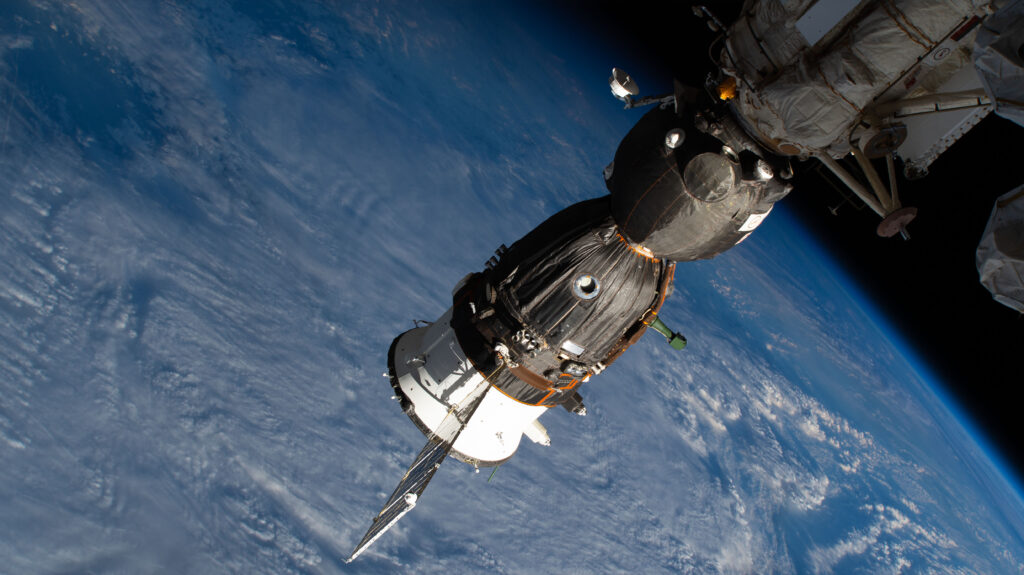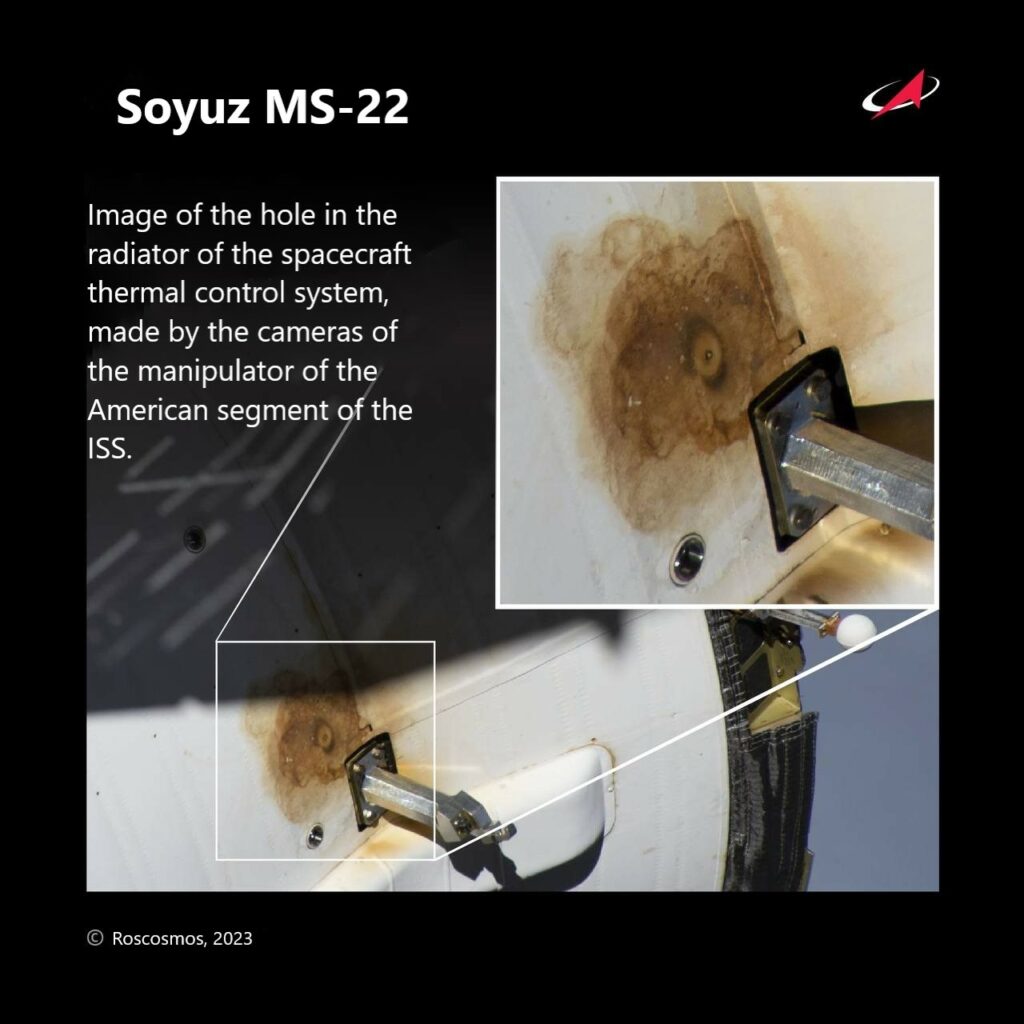Roscosmos postponed the launch of the Soyuz MS-23 spacecraft to the ISS from February 20 to early March 2023. This is due to the need to check the spacecraft’s cooling system.

On December 15, 2022, a coolant leak occurred from the cooling system of the Soyuz MS-22 spacecraft docked to the ISS, making it unsuitable for astronauts to return to Earth. After assessing the situation, it was decided that Soyuz MS-22 would return to Earth without a crew, and Soyuz MS-23 would be launched in unmanned mode on February 20, 2023, to replace it. The cause of the leakage of the coolant was called the hit of micrometeorite.
However, on February 11, 2023, a similar accident occurred on the ISS. It was only on this day that the Progress MS-21 supply spacecraft, which was preparing for flooding in the Pacific Ocean, lost its coolant.
After the second consecutive cooling system failure, Roscosmos had to announce the postponement of the launch of Soyuz MS-23 to the beginning of March. The extra time will be used for additional checks of the spacecraft. In addition, the organization published an image of the leak site from the Soyuz MS-22, taken by the cameras of an American manipulator. The organization claims that the presence of a hole proves the fact of an object getting into the radiator. As for the second leak, the head of Roscosmos, Yuri Borisov, said that although the final causes of the two accidents might be different, the organization now believed that Progress MS-21 also lost the coolant due to the hit of micrometeorite or space debris.

Since such events have never occurred in the 25 years of operation of the ISS, the probability of such a coincidence seems frankly incredible. However, it is possible that it really is an external influence. Only we are not talking about some random micrometeorites, but about very specific fragments of space debris left after Russia destroyed the Kosmos-1408 satellite in the autumn of 2021. This event created a whole belt of debris at altitudes from 440 km to 520 km.
After the destruction of Kosmos-1408, many experts previously warned that due to braking on the upper atmosphere, the satellite debris would gradually decrease and in a couple of years their trajectory would gradually intersect with the ISS orbit, which could have very unpleasant consequences for the complex. It is possible that now we see the implementation of this scenario. In this case, the fact that the wreckage created by Russia hit the Russian spacecraft can be called a kind of cosmic karma.
Follow us on Twitter to get the most interesting space news in time
https://twitter.com/ust_magazine

